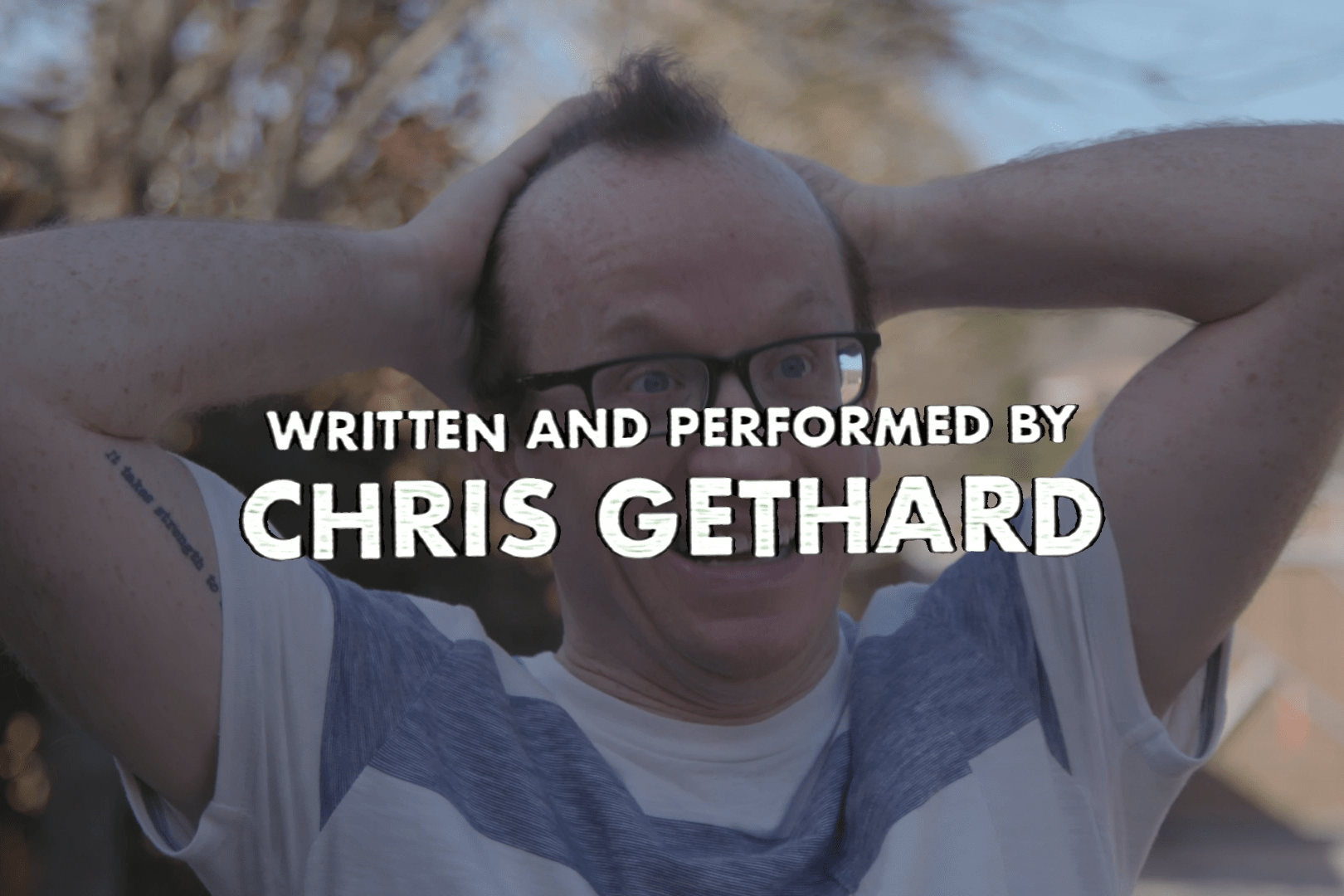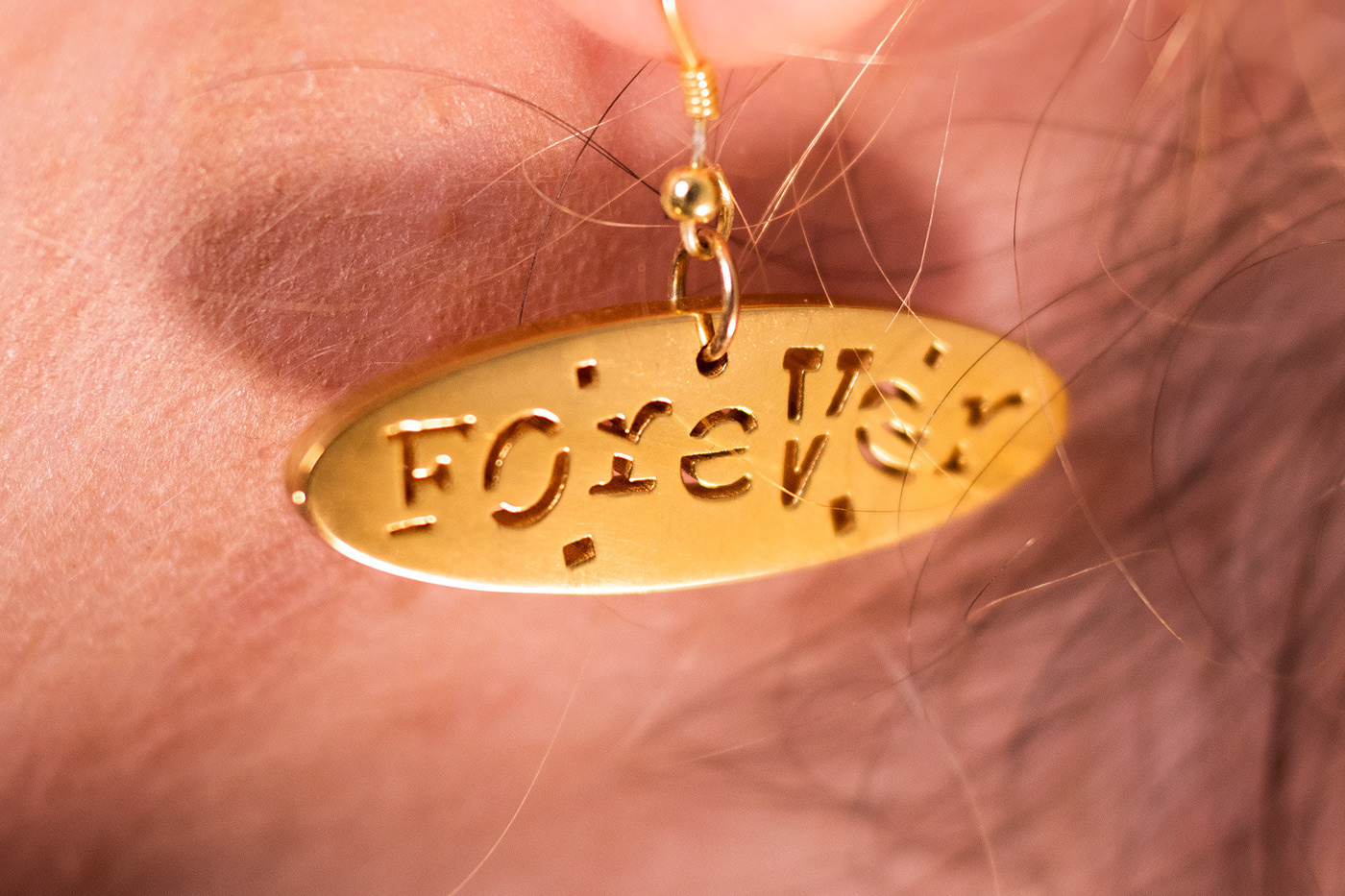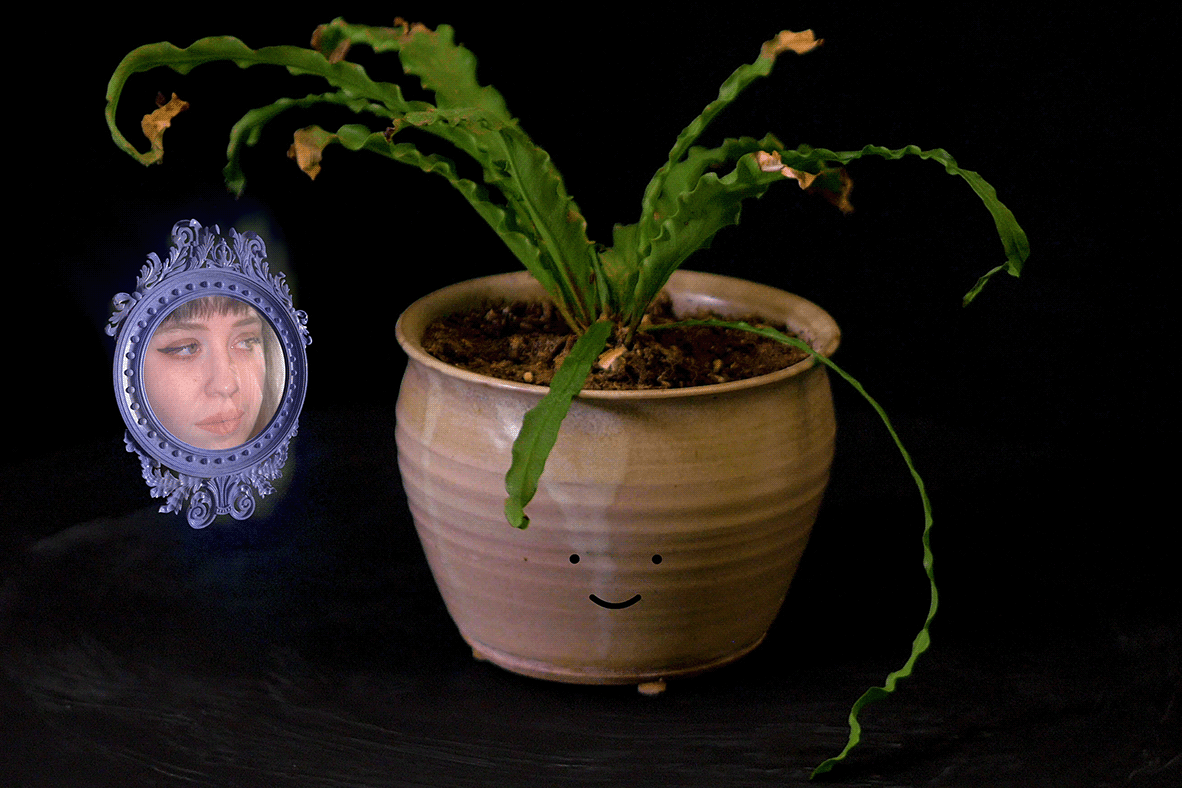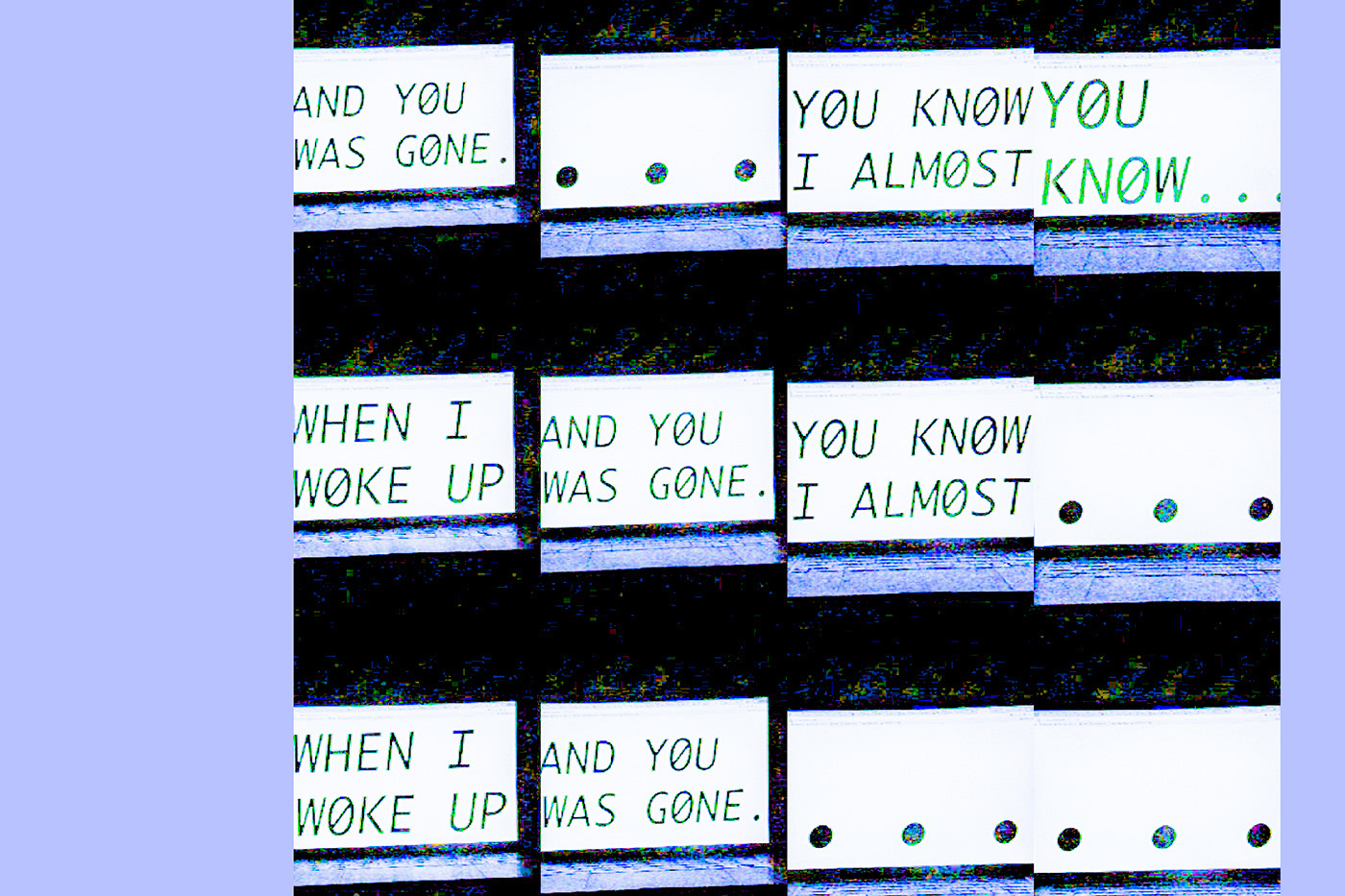Health Across the Gender Spectrum is an online course produced in collaboration with Dr. Maya Adam who currently serves as the Director of Health Education Outreach at Stanford's Center for Health Education, among other roles at Stanford University.
In the past decade, there has been a steady rise in destigmatization, media representation, and political advocacy of individuals who identify as transgender, yet there are still significant knowledge gaps in many communities, both in the United States and abroad, stemming primarily from ignorance and fear.
This course offers an intimate, story-based introduction to the experiences of six transgender children and their families, along with practical tips for parents, teachers, and healthcare providers in creating a more gender-expansive environment, one in which all people can live authentically and ready to nurture each and every child.
Interviewing & Writing the Script
In developing the course structure, Dr. Adam first interviewed not only Stanford-based medical experts, two of whom identified as transgender, but also transgender children and their families whose identities were kept private. Maintaining a story-based course structure and design has been a primary objective since inception, and the anecdotes and experiences of our interviewees provided the necessary, human-centered backbone to our project.
Interviews with the medical experts were recorded on video, and those with the children were conducted in our podcast studio, using Audacity, for audio-only capture.
From there we transcribed each interview to highlight and feature its most crucial elements, which, when compiled together, would form the basis of our final scripts. We focused not only on the content deemed necessary, but also on how that very content flows from one point to the next — that is, the story — in a seamless, cohesive fashion.
Because this cohesion requires both textual and visual continuity, we then converted the edited transcriptions into an A/V (audiovisual) script, which allowed the team to brainstorm and develop each shot of the course in visual terms — whether an illustration, an animation, or live-action. Having the course broken down into shots also allowed our team to know the exact scale of production, which was especially useful for project management and tracking.
Establishing the Style
In previous courses that Dr. Adam has created or taught, including her popular introduction course to food and nutrition, she often takes advantage of her artistic flair and incorporates her own illustrations which all possess a particular, personal style, as seen in the brief montage below. The result is a vibrant visual dynamism to the stories and discussions featured in these videos.
Bringing It All Together
To produce these illustrations, Dr. Adam used Adobe Photoshop which was projected onto a Wacom tablet for greater drawing ease. In order to simulate these images coming to life, our team utilized Camtasia Recorder's screen-capture features to record the very process of illustration, then sped up the captures in Adobe Premiere Pro and synced every step to a specific point in the narration.
All audio was edited and mixed in Adobe Audition, and licensed music was purchased from PremiumBeat.
A self-capture booth at the Li Ka Shing Center in Stanford University
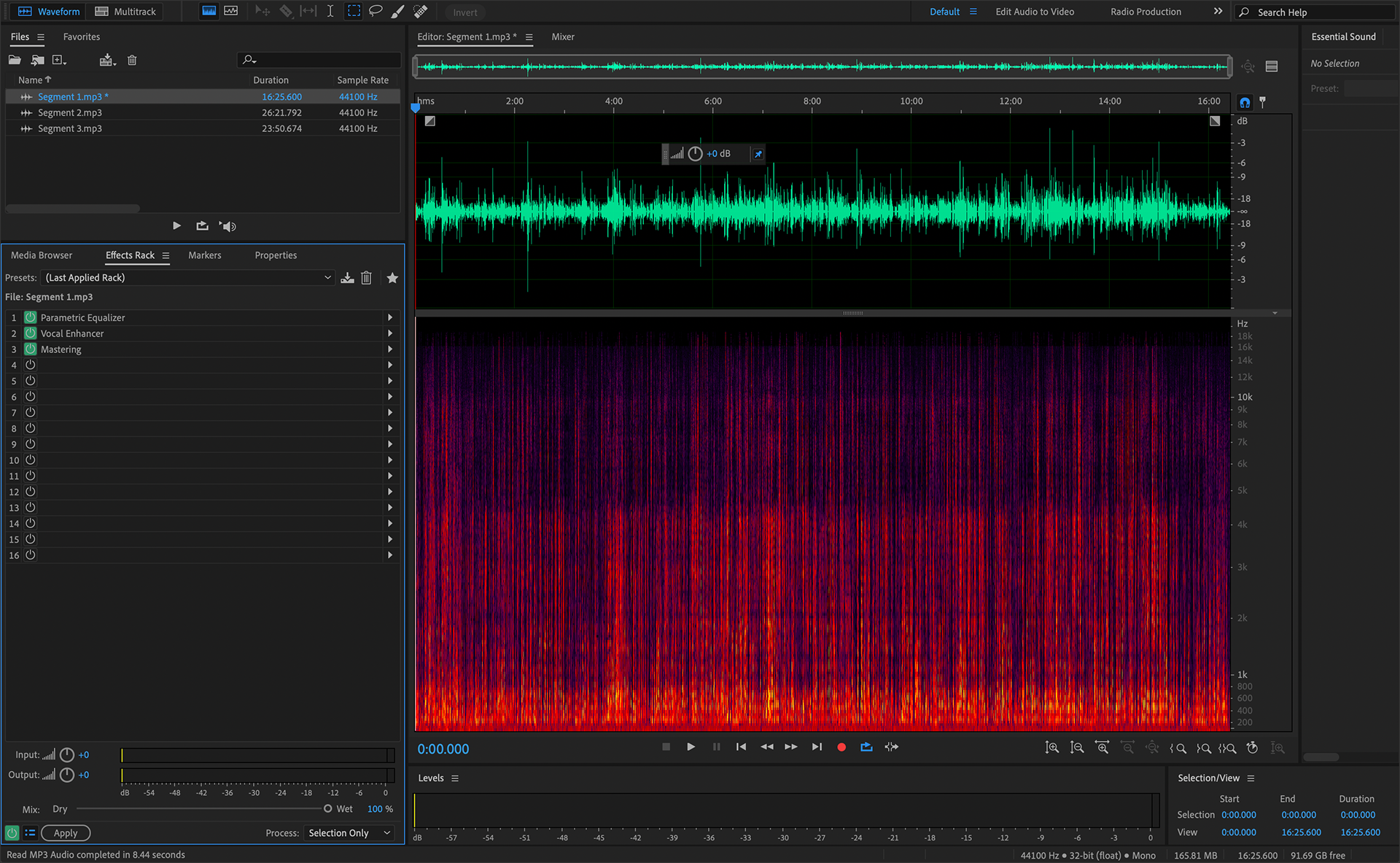
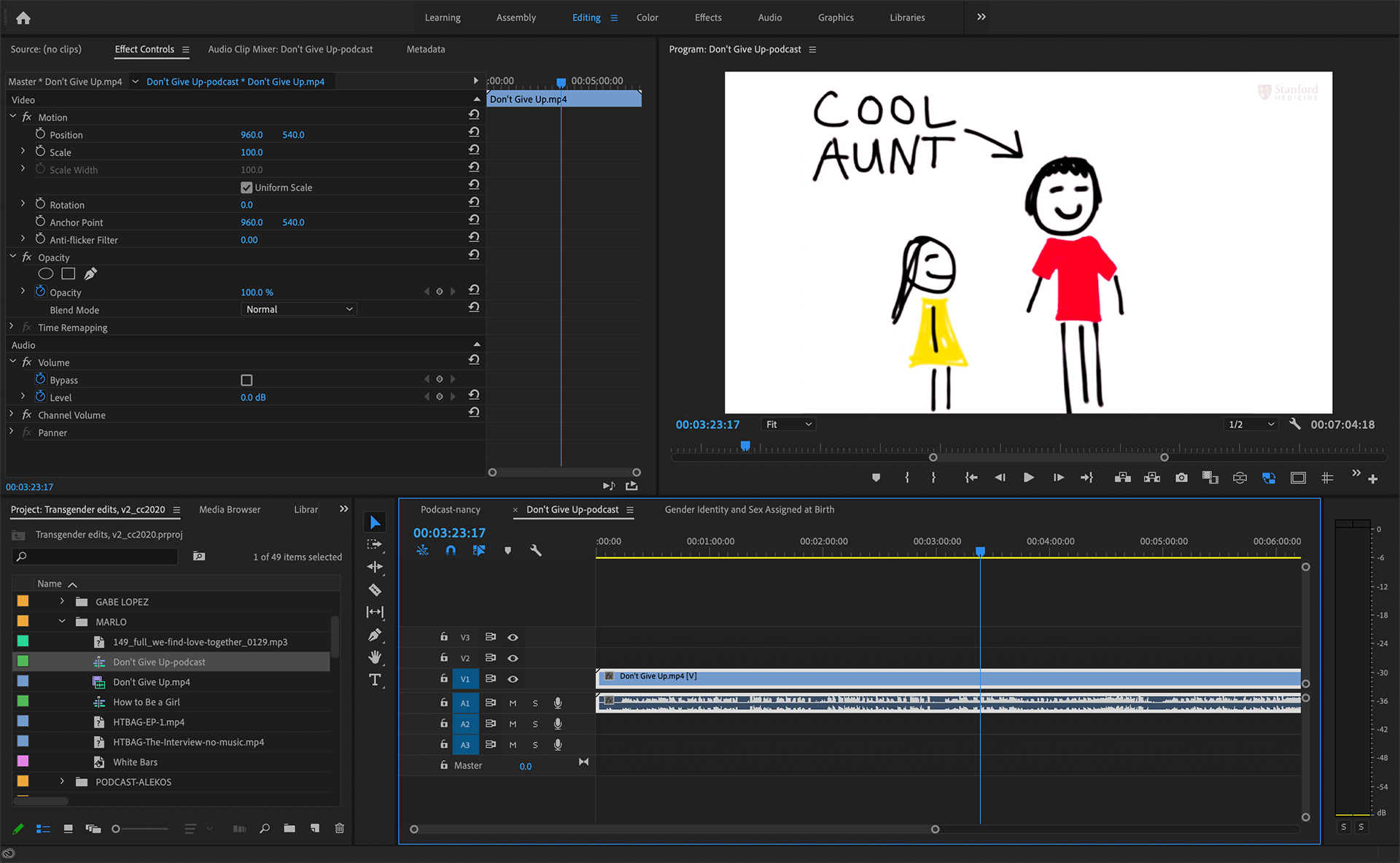
Final Product
The course consists of ten story-based videos, along with audio-only versions of these stories on Apple Podcasts for easy listening, and eight teaching videos, which feature four Stanford physicians, faculty, and researchers.
The total length is approximately four hours, and though previously available for CME credit, the course is available, in five languages, for free here, where it has received over 16,000 enrollments and a rating of 4.8 out of over 970 ratings.
A Few Testimonials
"This course was a brilliant starter pack to understanding the gender spectrum and also identifying the possibilities for myself as an individual to be gender-neutral."
"As the parent of a nonbinary child, this course helped me learn the vernacular of the gender spectrum and better prepared me for the inevitable conversations we as parents have with friends, family, educators and overly interested bystanders."
"An incredibly personal and touching way of making us understand the complexities and depth of these experiences that transgender people go through."


